How to distinguish between Robusta and Arabica? In which country did Arabica come from?
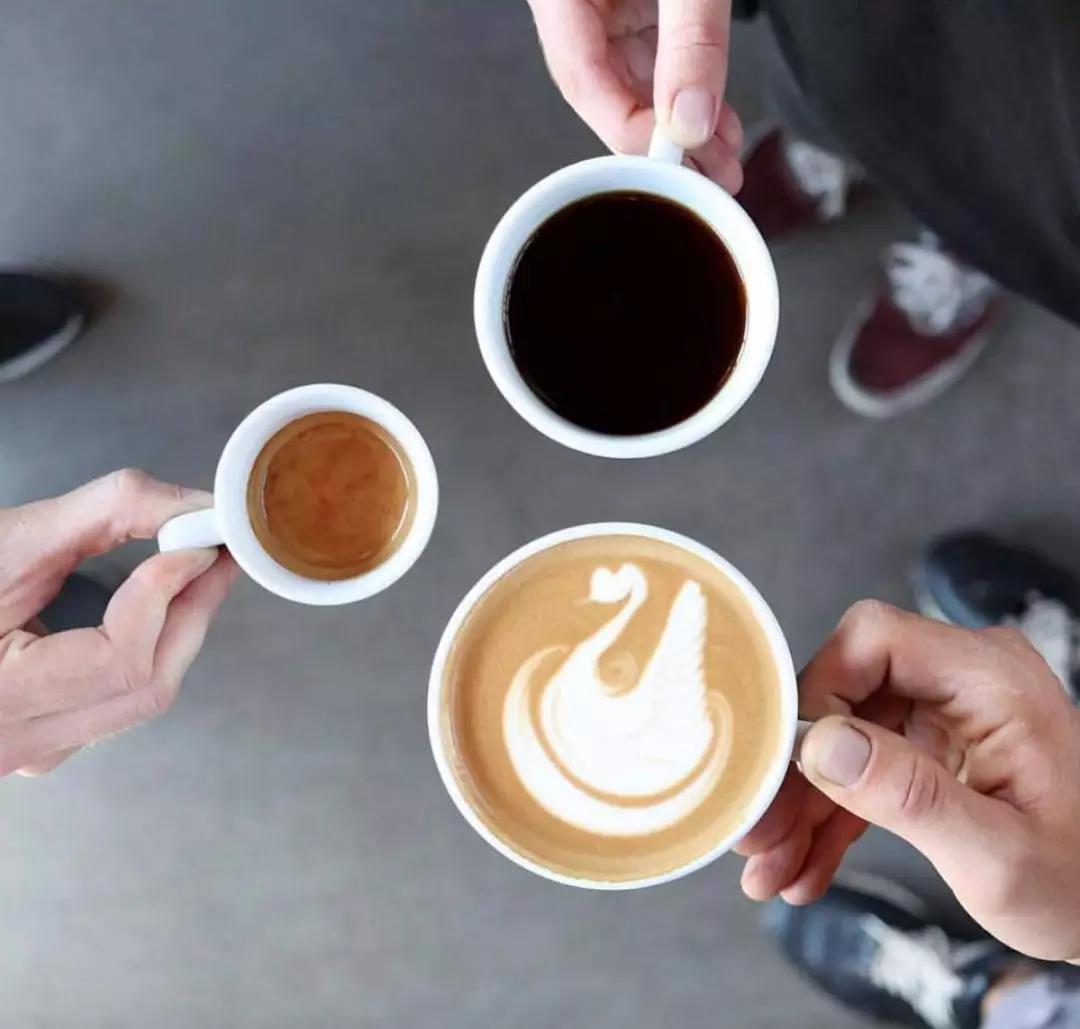
Professional coffee knowledge exchange more coffee bean information please follow the coffee workshop (Wechat official account cafe_style)
With the popularization of science, nowadays, many coffee sellers have embarked on a new journey of their own coffee drinks, and there is no lack of Arabica as their own brand promotion, claiming that they use "100% Arabica". When doing publicity, they actually said this: 100% Arabica is used for ground black coffee!
Dear, Arabica coffee is a variety of coffee beans, not a kind of coffee.
The variety of coffee
The three native species are Arabica, Robusta and Liberika (Liberika). Arabica ranks first in production, accounting for about 70% of the world's coffee production. There are bourbon, Tibica and other sub-varieties. Robusta accounts for about 30% of the world's coffee production. Liberian cards account for only 3% of the total and are mostly grown in the Asia-Pacific region.
Liberia, also known as large-grain coffee beans, has strong vitality, but at the same time, its flavor and resistance to leaf rust are weak, and its planting capacity is less than 1%. It has basically withdrawn from the commercial market and is only preserved in scientific research. So today we are going to focus on Arabica and Robusta.

Arabica
Also known as small coffee beans, originated in Ethiopia. Arabica coffee trees mostly grow at an altitude of 1000 Mel / 2000 Michael; they are hardy, and the suitable growth temperature is 15 / 24 / ℃; they need more humidity, and the annual rainfall is not less than 1500 milliliters. At the same time, they also have higher requirements for cultivation techniques. Arabica coffee tree is a large shrub with oval, dark green leaves and oval fruit. Generally, there are two slightly flattened beans with long oval on the front, narrow and curved cracks in the middle, S-shaped, and smooth arc on the back of the beans. Caffeine content is about 0.8% Rue 1.5%.
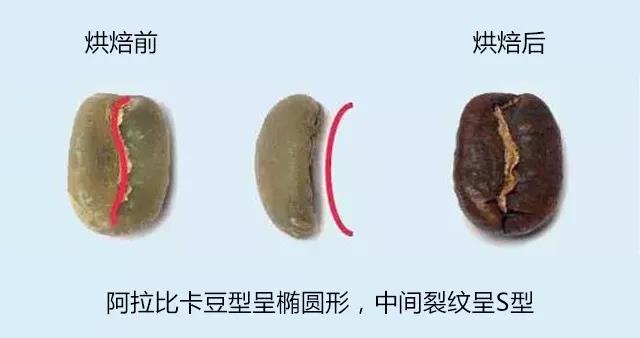
Arabica coffee's excellent flavor and aroma make it the only coffee that can be drunk directly and alone among these native species, such as the Blue Mountains of Jamaica, Mantenin of Indonesia, Yega Snow Coffee and Brazilian Coffee. However, it has weak resistance to dryness, frost, diseases and insect pests, especially leaf rust, which is the biggest natural enemy of coffee, so all producing countries are committed to improving varieties.
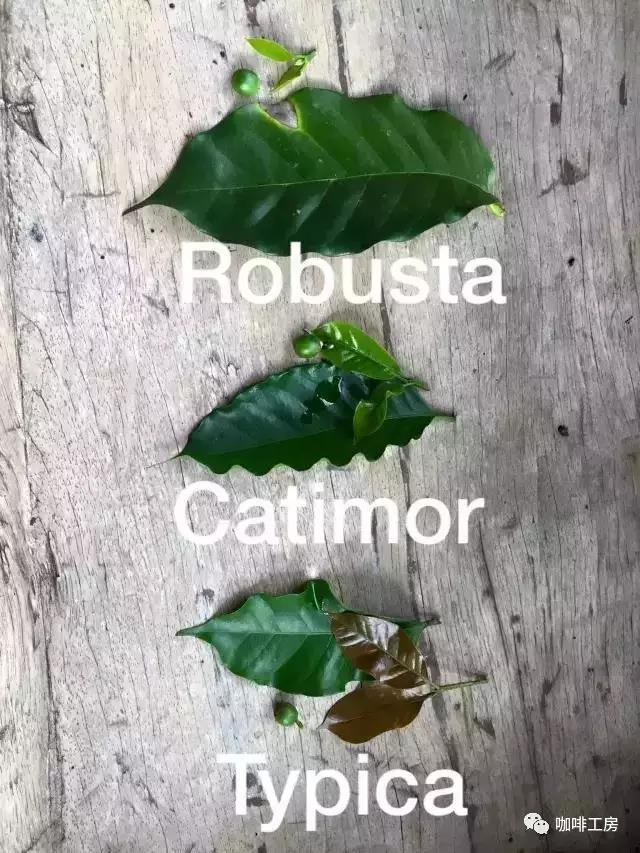
Arabica coffee produced in different regions, different elevations and different climates has its own characteristics and can show completely different individual flavor. It smells like grass when it is not baked, and after proper baking, it shows "fruity" (medium-shallow baking) and "caramel flavor" (deep baking). Suitable for a single origin and a variety of mixed beans, can be made using a variety of extraction techniques.
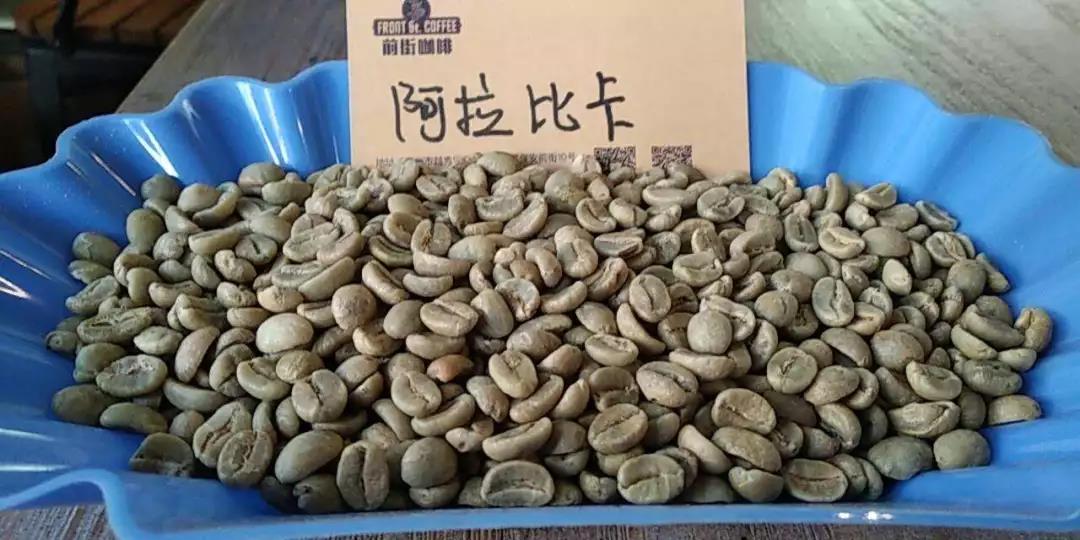
Robusta
Also known as medium-grain coffee beans, originated in the Congo of Africa. Robusta coffee trees are mostly planted in the lowlands 200-800m above sea level. They like the warm climate and require a temperature of 24 ℃, but not a high demand for rainfall. However, the variety relies on insects or wind to pollinate, so coffee takes 11 months from pollination to fruit, which is longer than Arabica.
The Robusta coffee tree is a tree between a shrub and a tall tree with long leaves, bright green leaves and up to 10 meters tall, but its roots are shallow, the fruit is fuller than Arabica beans, and the central line is split vertically. it is usually flat or raised in the middle from the side, feels harder than Arabica beans and feels like pebbles.
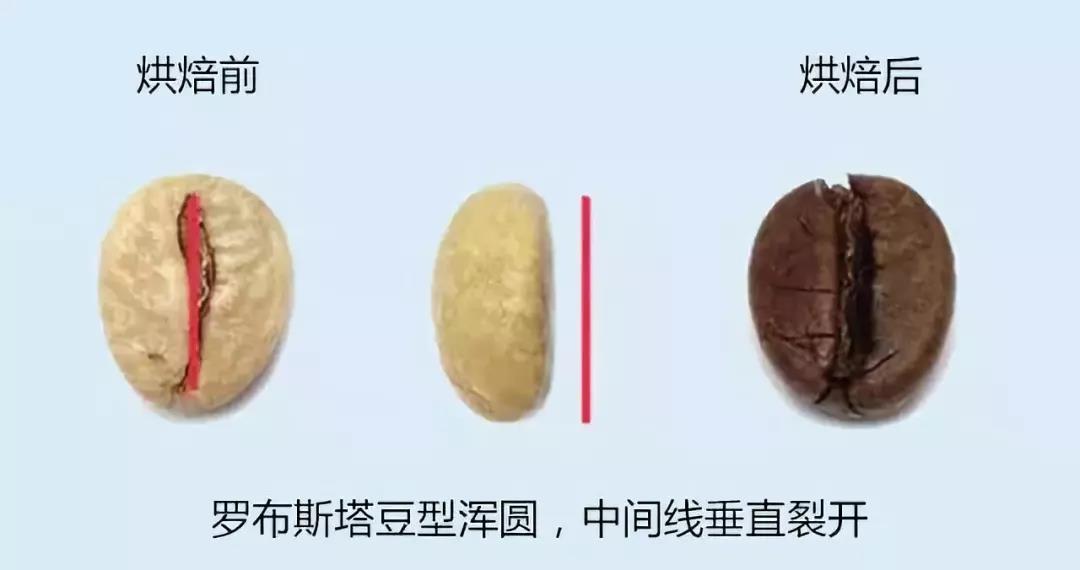
Robusta coffee is generally inferior to Arabica in flavor.
| | value of Robusta |
As a very important variety in the coffee world, Robusta plays an important role in the business world. The value of Robusta is not as a negative example to set off how advanced the flavor of Arabica is, but has an unshakable position in Italian beans. Italian blending will add a small amount of Robusta to the blend to increase the alcohol thickness of the coffee and produce a more oil-rich Espresso.
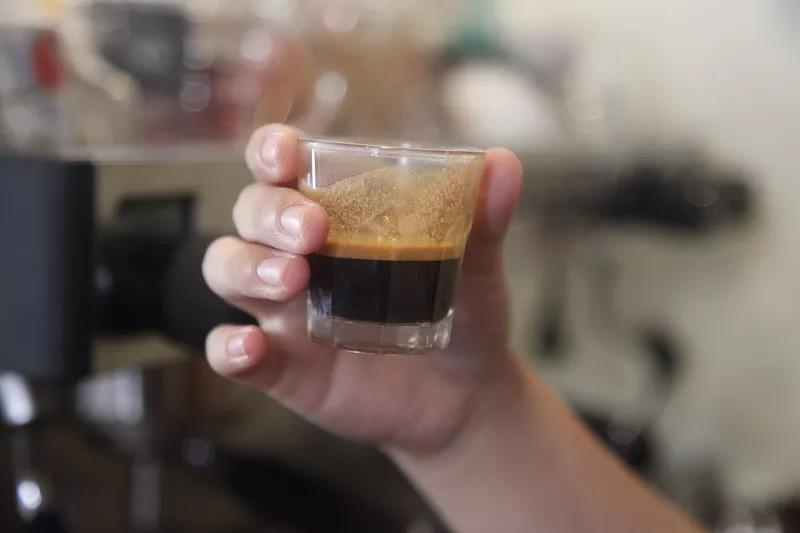
Espresso and milk blend to show a mellow and full-bodied taste, milk coffee because of Robusta and Arabica complement each other, become more full-bodied and mellow, Robusta makes up for Arabica's mellow.
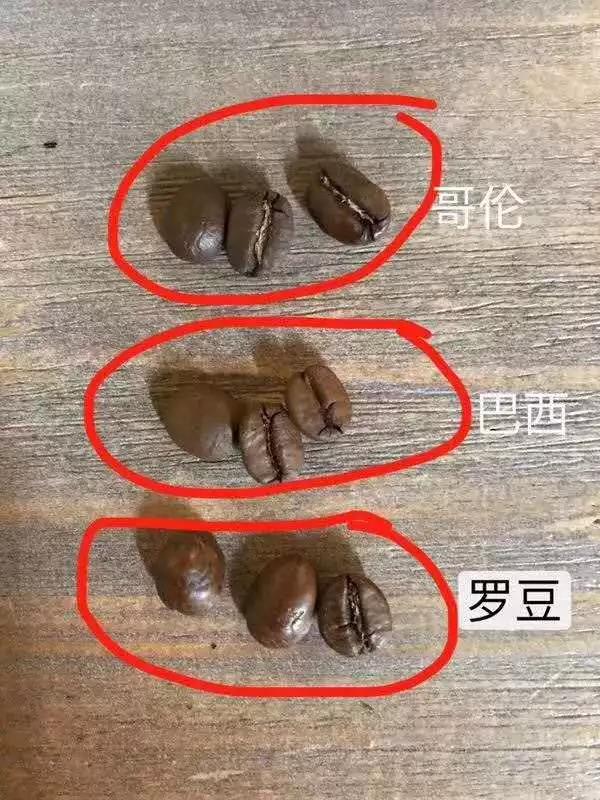
[Robusta]
It is mainly used for concentrating and blending to increase the thickness of alcohol and get rich oil. Although Robusta's flavor is not comparable to Arabica, it has its own value.
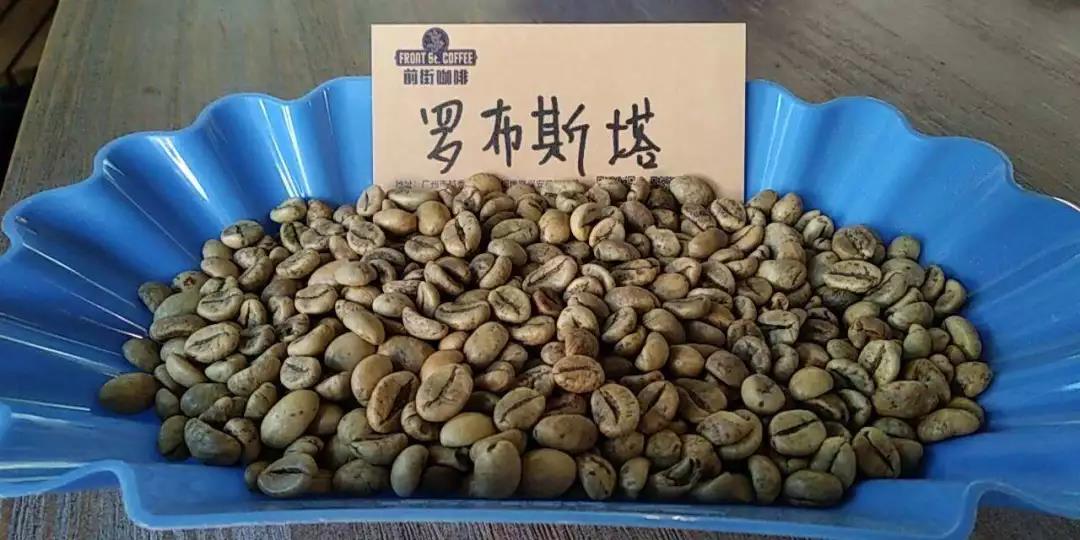
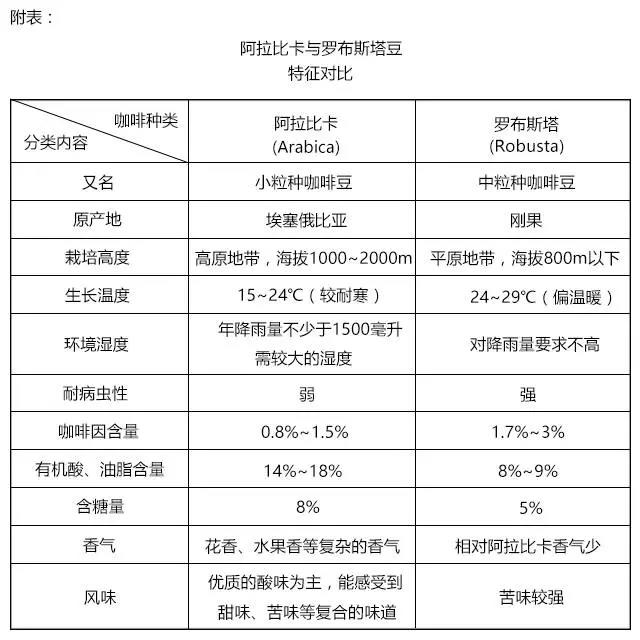
Rookie question:
1 | what's the difference between 10 yuan and 30 yuan coffee?
From the perspective of the coffee market, coffee beans are mainly divided into two categories, commercial beans and boutique coffee beans. In terms of price, Robsta international futures is about 1686 US dollars per ton, calculated at today's exchange rate, about 11.5 RMB per kilogram. High-quality coffee beans are several times more expensive than commercial beans. From the cost point of view, of course, the profit margin of choosing commercial beans will be very big. However, the coffee made from commercial beans tastes much worse than that of boutique coffee beans, and can be used to make Italian coffee such as lattes and cabbages.
Between commercial coffee and boutique coffee, 10 yuan and 30 yuan do mean the difference in quality. To put it simply, boutique coffee beans are high-quality raw beans, roasted with exquisite baking skills, and restore the unique taste of the coffee beans themselves, which belongs to only this kind of coffee beans. Fine coffee beans are treated in a refined way. Careful washing and sun exposure, and the processing of all kinds of delicate raw beans give the coffee a "layered", "sour", "sweet" and "sweet" flavor.
High-quality coffee beans are several times more expensive than commercial beans, from a cost point of view, of course, the profit margin of choosing commercial beans will be very large, such as the large-scale mass production and packaging of commercial beans.
In terms of the flavor of individual beans, commercial beans are generally chosen to be used for blending. This kind of commercial coffee beans are generally cheaper, and both raw coffee beans and roasting skills can only be produced according to a batch standard. The biggest difference between boutique coffee and commercial coffee beans lies in their quality and price. Boutique coffee beans may cost 90 yuan a pound, while commercial beans may cost as little as 40-50 yuan a pound.
However, as far as the real situation is concerned, spelling beans can also make coffee with good export taste, which mainly depends on what kind of beans are used.
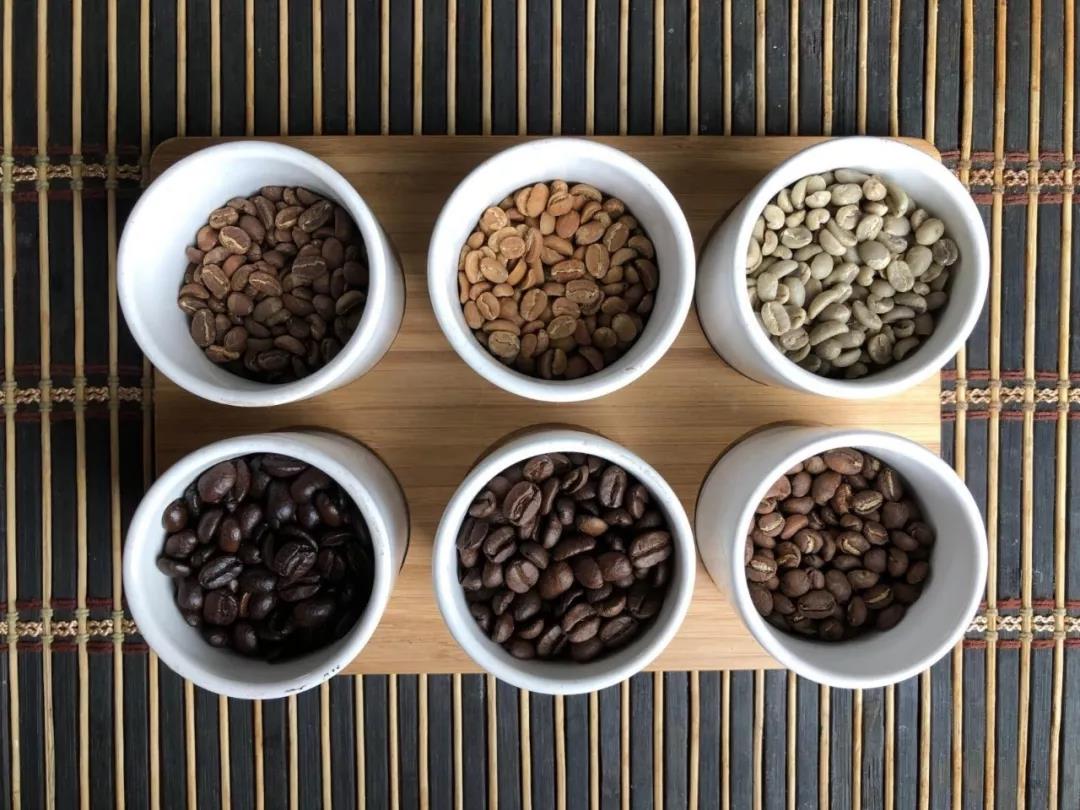
2 | "Blue Mountain Coffee" and "Kopi Luwak" are coffee, and Arabica is a variety of coffee beans.
Most people have heard of Blue Mountain Coffee and Kopi Luwak, which are coffee drinks.
The "coffee" called "Arabica" refers to the variety of coffee.
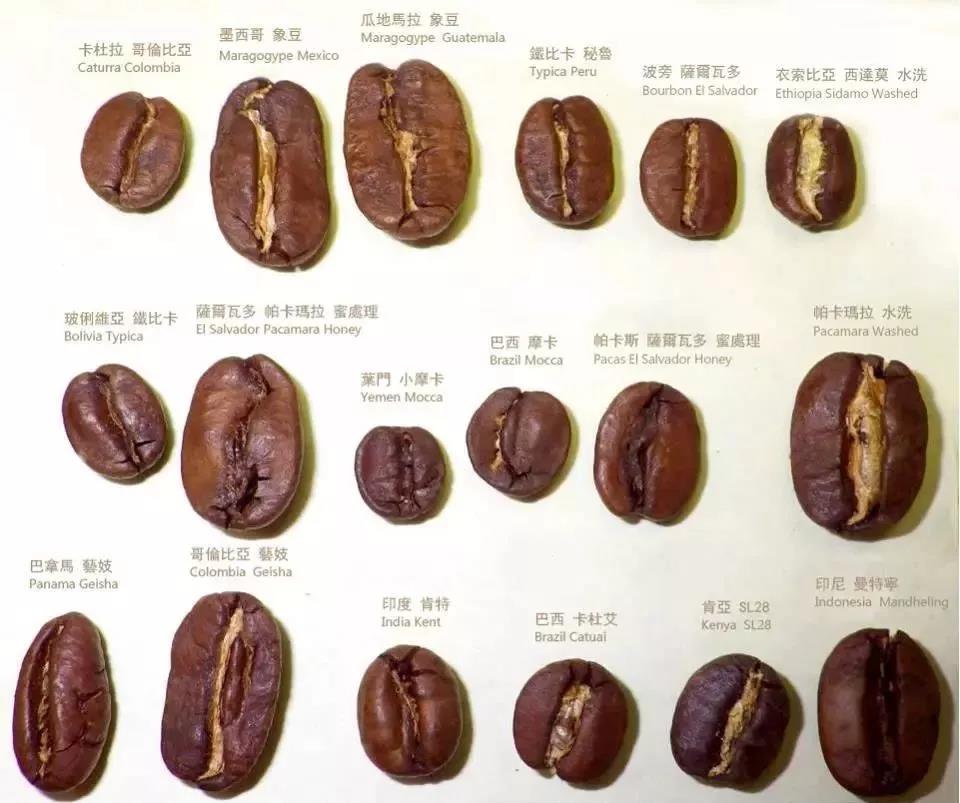
◆ "Blue Mountain Coffee" refers to coffee made from beans from the Blue Mountains of Jamaica.
◆ Kopi Luwak is made by an animal called the civet, which eats the coffee beans intact and then extracts the beans from its faeces.
Therefore, the "Arabica" we often see now is actually classified according to the variety of coffee beans.
There are three main varieties of coffee beans: Arabica, Robusta and Liberia, while Arabica is divided into iron pickup, bourbon, Kaddura and so on.
In fact, not all coffee made from Arabica beans is fine coffee. Unfortunately, many people don't know much about this, and many brands take the opportunity to use "100% Arabica coffee beans" as a gimmick to make consumers think their coffee is great.
You can hardly see the promotion of "Arabica coffee beans" when you order coffee in a "relatively professional" cafe. For example, you see words such as "Kenya", "Colombia" and "Yega Xuefei" in the front street coffee. By tasting "individual coffee", you can understand the characteristics and flavor of coffee in a certain country or region.
Important Notice :
前街咖啡 FrontStreet Coffee has moved to new addredd:
FrontStreet Coffee Address: 315,Donghua East Road,GuangZhou
Tel:020 38364473
- Prev
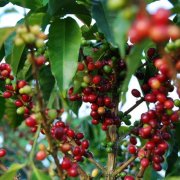
Characteristics of three major coffee varieties Arabica, Robusta and Liberka Arabica coffee beans
Professional coffee knowledge exchange more coffee bean information please follow the coffee workshop (Wechat official account cafe_style) Arabica world three big coffee products compared to a brief table: one. Types of coffee: coffee beans can be roughly divided into three categories: (1) Arabica coffee tree, (2) Robusta coffee tree and (3).
- Next
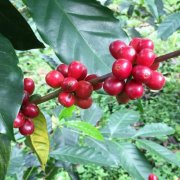
What varieties of arabica have evolved? KFC Arabica coffee beans refer to...
Professional coffee knowledge exchange More coffee bean information Please pay attention to coffee workshop (Weixin Official Accounts cafe_style) Arabica coffee varieties This information is not easy to be noticed by coffee users in the early stage, often engaged in roasting operators or players will be slightly concerned, but will not be overly deep, persistent, because the former is concerned about price and sales channels; the latter
Related
- Detailed explanation of Jadeite planting Land in Panamanian Jadeite Manor introduction to the grading system of Jadeite competitive bidding, Red bid, Green bid and Rose Summer
- Story of Coffee planting in Brenka region of Costa Rica Stonehenge Manor anaerobic heavy honey treatment of flavor mouth
- What's on the barrel of Blue Mountain Coffee beans?
- Can American coffee also pull flowers? How to use hot American style to pull out a good-looking pattern?
- Can you make a cold extract with coffee beans? What is the right proportion for cold-extracted coffee formula?
- Indonesian PWN Gold Mandrine Coffee Origin Features Flavor How to Chong? Mandolin coffee is American.
- A brief introduction to the flavor characteristics of Brazilian yellow bourbon coffee beans
- What is the effect of different water quality on the flavor of cold-extracted coffee? What kind of water is best for brewing coffee?
- Why do you think of Rose Summer whenever you mention Panamanian coffee?
- Introduction to the characteristics of authentic blue mountain coffee bean producing areas? What is the CIB Coffee Authority in Jamaica?

